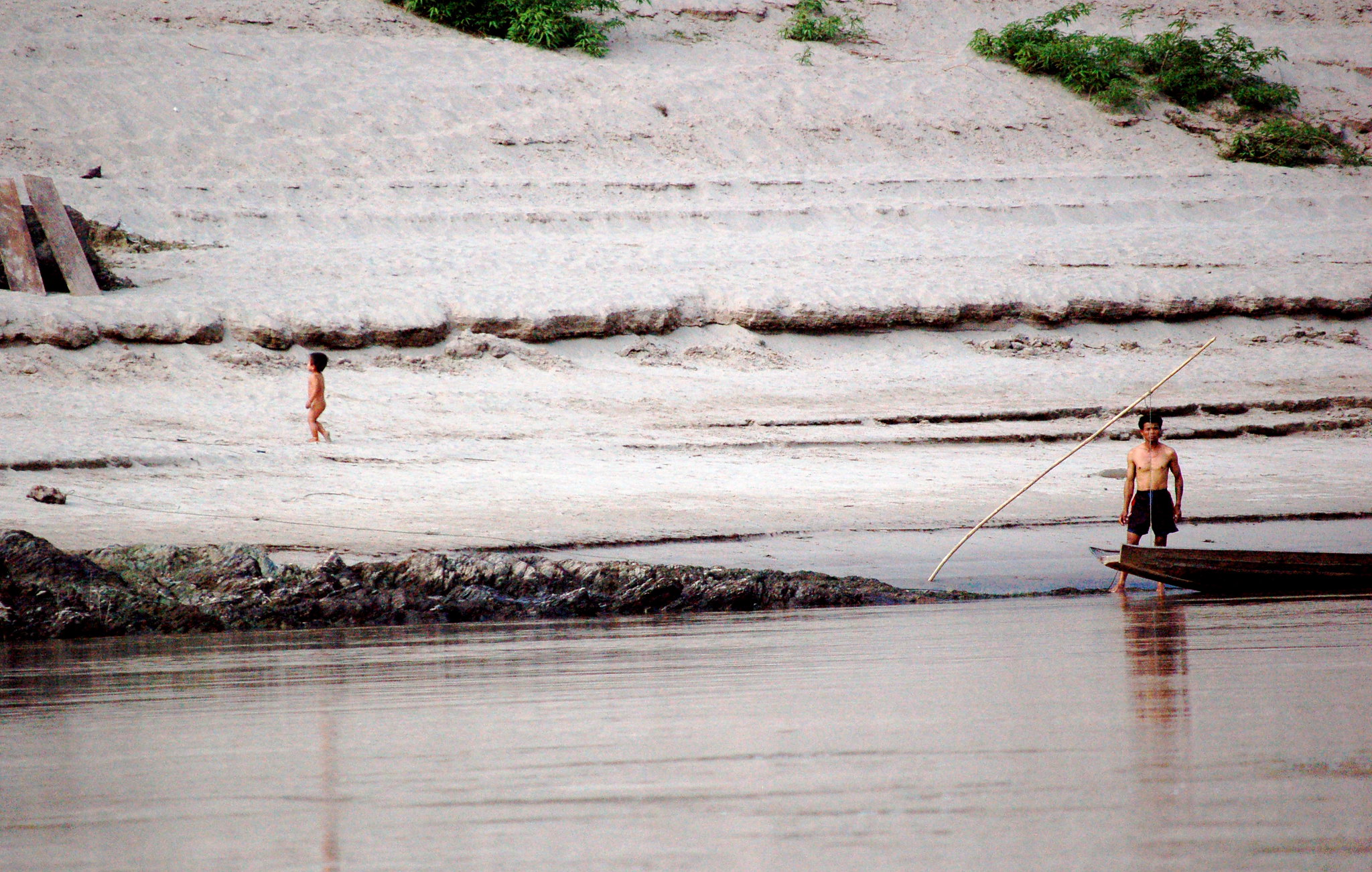Excerpt:
China’s dam-building on the Mekong River is altering water flows and holding back sediment, affecting millions living downstream.
From February to April each year, Kam Thon spends most of her days knee-deep in the waters of the Mekong River by her village in northern Thailand, gathering river weed to sell and cook at home.
Kam Thon and other women who live by the Mekong have been collecting river weed, or khai, for decades, but their harvest has fallen since China built nearly a dozen dams upstream.
The dams have altered the flow of water and block much of the sediment that is vital for khai and rice cultivation, researchers say.
“Generally, the water is clear and the level is lower in the dry season, and we can easily wade in and harvest khai. But now, the water level is higher during dry season, which makes it more difficult,” said Kam Thon, who sells khai at the local market.
“We need to spend more time collecting khai, and there is also less khai, which has affected our income,” the 48-year-old said, as she rolled handfuls of the stringy green weed into balls and placed them in a nylon bag slung on her shoulder.
Kam Thon, who lives in Chiang Khong by the Thai-Laos border, said she only makes only about a third of what she used to earn when the Mekong’s waters ran low in the dry season and the khai was plentiful.
Her husband’s fish catch has also fallen, she said.
Stretching from the Tibetan Plateau to the South China Sea for about 4,350 km (2,700 miles), the Mekong is a farming and fishing lifeline for tens of millions of people across China, Laos, Myanmar, Thailand, Cambodia and Vietnam.
But with China building more dams to generate hydropower, fears are growing over the unseasonal flooding and droughts they cause – and for the future of Southeast Asia’s longest river, which is now being shaped by powerful state-backed corporations.
Local communities and campaigners say their concerns and complaints are being ignored in the push for clean energy.
“The upstream dams are affecting fish catch, rice cultivation and river weed, a major source of income for women and the elderly,” said Pianporn Deetes, campaign director for Thailand and Myanmar at Rivers International, an advocacy group.
“When the river is turned into just being a source of hydropower, it affects the lives and livelihoods of millions of people. It’s about their food, their tradition and custom, their way of life,” she said in an interview…









